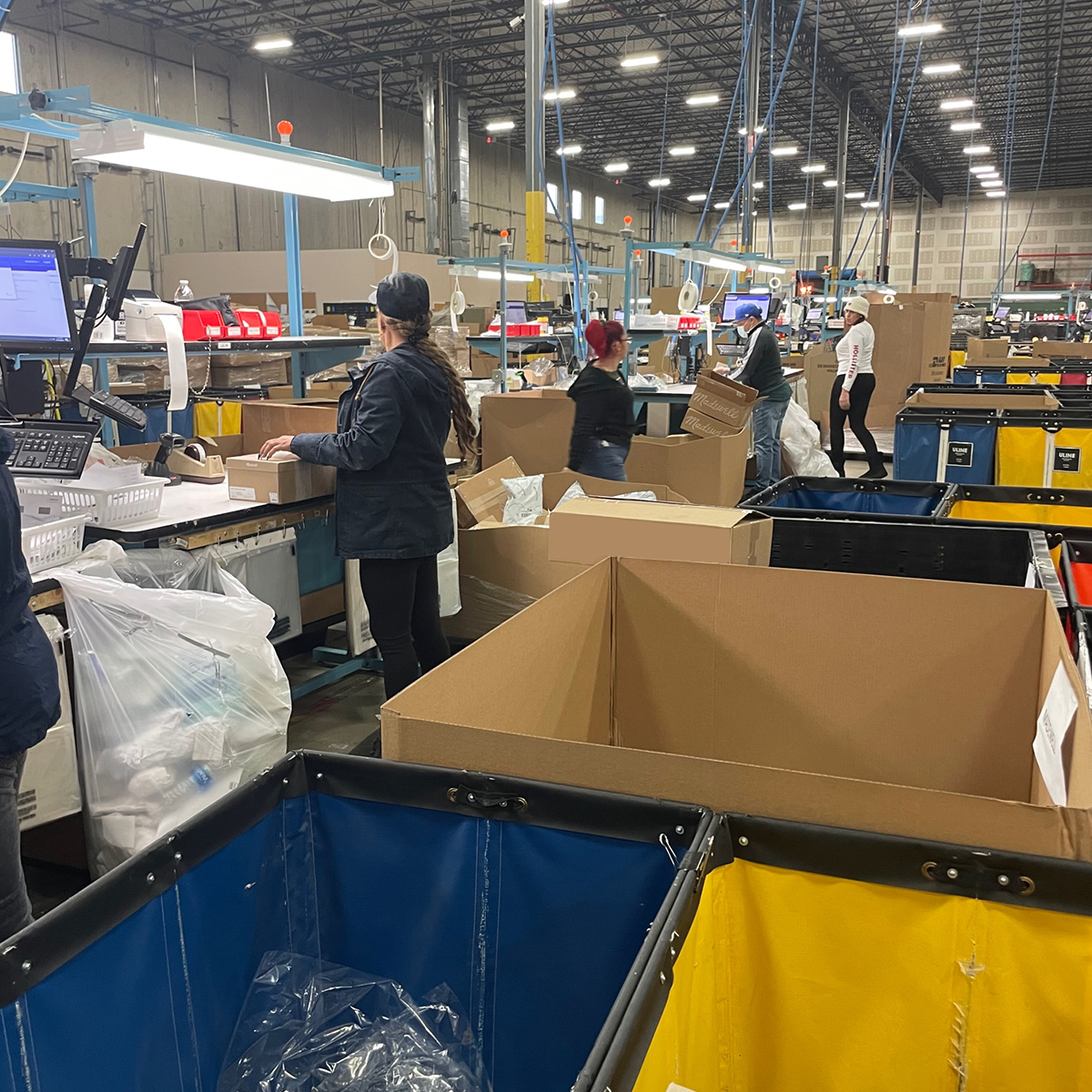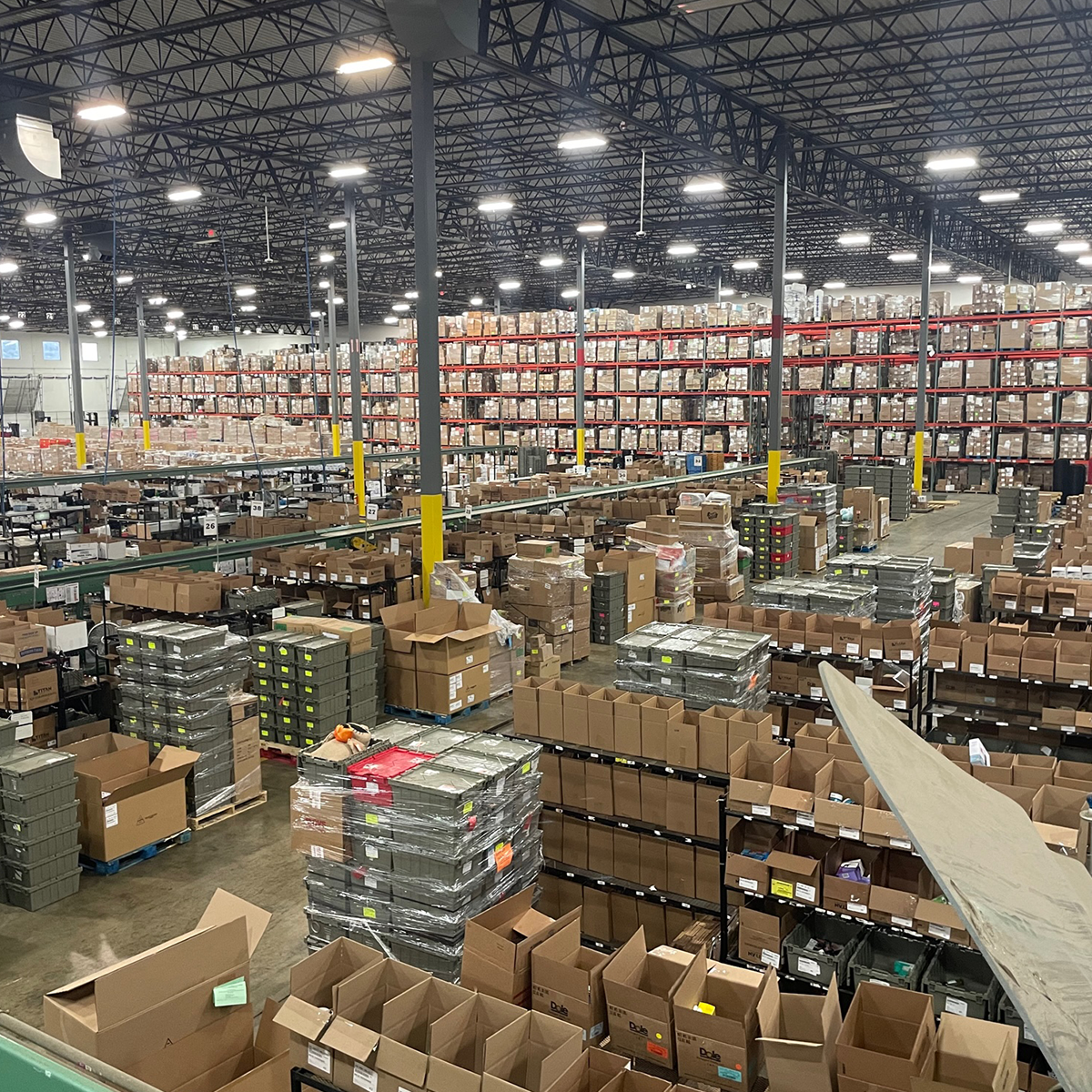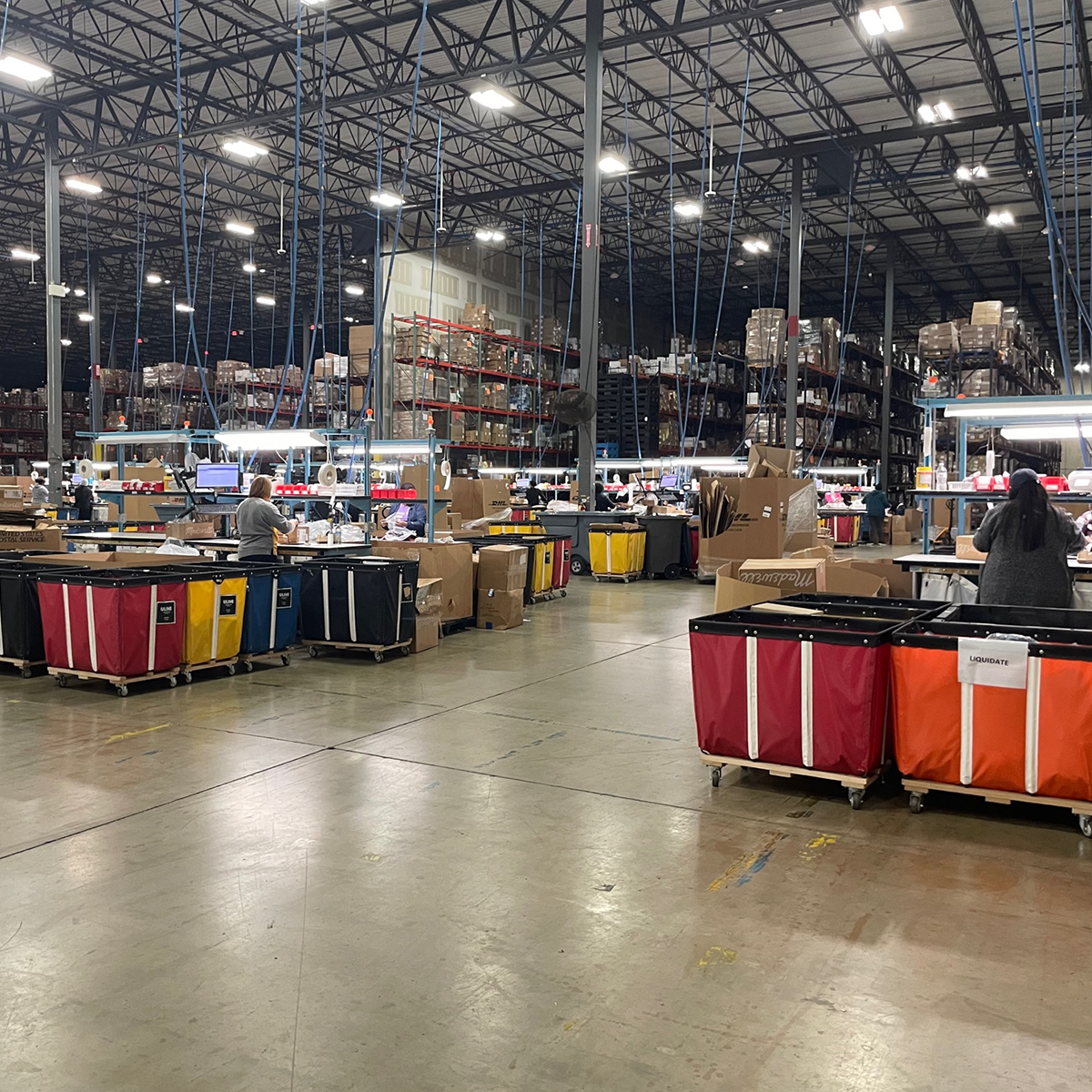Retail and Returns within a Circular Economy
By Thomas Borders, Inmar
Sustainability and the circular economy continue to garner significant attention across the extended value chain, and rightly so. Climate change should be top of mind for all of us. It’s often shrugged off, like most macro challenges, but it’s a very real issue.
We’re depleting resources at unprecedented rates. According to this year’s Circularity Gap Report, an annual report by Circle Economy in collaboration with Deloitte, “The global economy is now only 7.2% circular; and it’s getting worse year on year – driven by rising material extraction and use.” We need to redirect focus onto more sustainable practices, like extending the life of products via secondary applications.
The traditional linear economy, based on the take-make-waste model, is simply not sustainable — economically or environmentally. It’s depleting (and will continue to deplete) the planet’s resources. When the first Circularity Gap Report was created in 2018, the global economy was 9.2% circular. In 2020, circularity dropped to 8.6%. As stated in the report, the decline continued, with economic circularity dropping to 7.2% in 2023.
Similarly, the World Economic Forum states,
“The way we live now is using 60% more resources than the Earth can provide — and creating too much waste, according to experts.”
Key Focus Areas from a Retail Perspective
For retailers and brands, decision makers must look at the entire process, from concept to consumer. Companies have always considered significant modifications to material sourcing, production, packaging, warehousing, selling and transporting. Mostly to reduce costs, but more recently to also become more sustainable. Still, few companies have placed the same emphasis on what they can do with returns functions to reduce costs and impact. And by the way, improve customer satisfaction, considering we found 76% of shoppers more likely to buy from a retailer with sustainable return practices.
Successful reinvention or refinement has to come in stages. The sustainability consulting firm Pure Strategies provides a roadmap in The Carbon Footprint of Retail Products: A Review of Greenhouse Gas Emissions Hotspots and Reduction Levers for Consumer Decision-Making, a report they prepared for the National Retail Federation.
In this report, Pure Strategies identifies five key areas across the product value chain for improving sustainability and circularity:
- Raw material production and extraction
- Product manufacturing
- Retail operations
- Last-mile transportation
- Product use and disposal
The items above apply to all aspects of the extended value chain, but the report focuses on key actions consumers can take now to help minimize greenhouse gas emissions. Manufacturers, retailers and carriers can integrate these behaviors into their processes and collectively become environmental stewards.
Product Returns and Sustainability
Product returns may represent a circular process, but historically they’ve been miles away from contributing to economic and environmental circularity. Not that they can’t. They just haven’t been on executives’ short lists. But increasing return rates, return-related fraud, returns’ impact on profitability and increasing commitments to ESG initiatives have moved returns to the forefront. Plus, focusing on returns will deliver a high yield by mitigating margin loss and boosting shopper loyalty. Companies work hard to earn a shopper's share of wallet, and ultimately, their trust. Properly managing returns protects both, while improving sustainability and delivering bottom-line results.

First Things First
We should be applying Hippocrates’ famous “first, do no harm” sentiment to returns. The most efficient method for returns management is to avoid them — no returns at all being the epitome of zero harm. Yet the majority of returns are caused by the merchant or carrier. A recent Inmar consumer survey revealed the top 5 most common reasons for returns:
- Incorrect sizing
- Received the wrong item
- Product does not match image or description on e-commerce site
- Item arrived damaged
- Item arrived too late
Most of these scenarios can be avoided by improving quality control, providing accurate sizing charts and product descriptions, offering 360o product views with zoom capabilities and/or using augmented reality. Capturing pertinent data from all touchpoints provides even greater insights that will help online merchants and carriers “do no harm.”
Returns and E-commerce Go Hand-in-Hand
In the world of e-commerce, returns are a must. Asking a shopper to make a purchase based solely on pictures, a description, and the number of stars without a convenient return method is a recipe for failure. Inmar’s recent consumer survey of 1,000 online buyers revealed that more than 80% of shoppers would no longer shop with a merchant after a single poor returns experience.
A growing trend is to charge for returns — often called a restocking fee — with hopes of reducing the number of returns. But 87% of the consumers surveyed said they’d be somewhat likely (41%) or very likely (46%) to switch to a merchant that didn’t charge for returns.
Even Amazon, with its highly liberal returns policy, is feeling the pain. To help combat excessive returns, Amazon has started “tagging” frequently returned items. Products with excessive returns would include a caution badge indicating “Frequently Returned Item. Check the product details and customer reviews to learn more about this item.”
Aggregating Returns
Since returns are part of the online experience, processing them as efficiently as possible becomes paramount for value recovery and sustainability. This is one of the reasons in-store return networks continue to increase in popularity. This aggregates returns at a single location (store) and uses existing shipping lanes to transport the merchandise to the nearest returns processing facility, making this method much more sustainable. Additionally, in-store returns are usually not a destination trip like going to FedEx or UPS. Instead, shoppers work returns into places they’re likely to frequent such as a grocery store, department store, drug store or hardware store.

Label-Free and Package-Free Returns
Most in-store returns, including those with self-service returns kiosks, don’t require the item to be repackaged or relabeled, which reduces waste and still offers the benefits of aggregated shipping.
Keeping Products in Commerce and Out of Landfills
The Burgeoning Resale Market
The online fashion resale market is a great way of extending a product’s lifecycle. Insider Intelligence expects the U.S. online fashion resale market to surpass $30 billion by 2025, nearly doubling the spending per buyer compared to 2022.
Other companies are jumping on the resale bandwagon. Carhartt, provider of durable workwear, outdoor apparel and gear, recently introduced Carhartt Reworked. Timberland footwear also introduced Timber Loop, a circular design platform that considers product design, manufacturing, extending their products’ lifecycles and recycling. But the growth in resale isn’t limited to wearables, there’s a “market” for almost anything.
Liquidation and Remarketing
Returns, overstocks and seasonal inventories are often sold to liquidators that sell into secondary markets such as bodegas, flea markets and out-of-market geographies. Liquidation is another viable method for keeping large quantities of goods in commerce, but liquidation buyers have to be vetted and monitored to ensure they’re not competing with a brand’s primary sales channels. America’s largest liquidator, InmarLiquidates.com, sells only in bulk, making it a highly sustainable option for managing returned goods while increasing value recovery.
Donations
Returned merchandise that isn’t liquidated is donated to select charities. This extends the product’s lifecycle and avoids the landfill while serving worthy causes.
Waste-To-Energy
Items that can’t be sold, recycled, parted-out or donated are sent to a waste-to-energy facility where they’re combusted in a closed-loop process that generates electricity for local utilities and commercial properties.
A truly circular economy is possible, if businesses provide consumers with a clear path and policy makers can forego short-term gains for long-term sustainability. As stated in that 2023 Circularity Gap Report, “A circular economy offers solutions on how to reduce, regenerate and redistribute vital materials use, for both the planet and all of its living beings.”

 Thomas Borders
Thomas BordersThomas Borders is the Vice President and General Manager for Product Lifecycle Solutions at Inmar Intelligence. Since joining Inmar in 2014, Thomas has held positions within Product Lifecycle Solutions, leading field operations, product marketing and product strategy. In his current role, Thomas is responsible for Post Purchase Solutions, which is bringing new returns solutions to businesses to help make a more circular economy possible.
Thomas began his career in finance and systems roles at Humana and Bank of America. He holds a BS in Finance, and an MBA with concentration in operations and analytics from Wake Forest University.